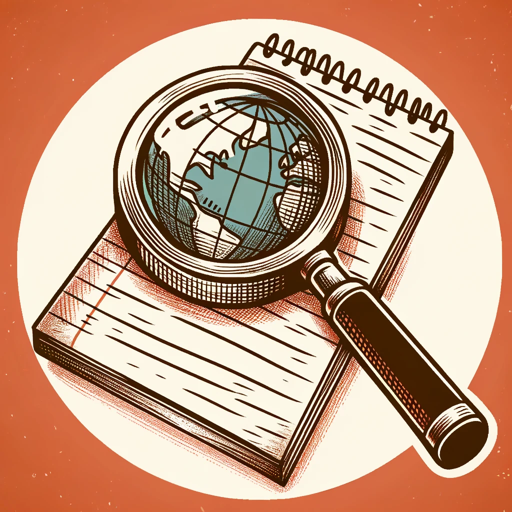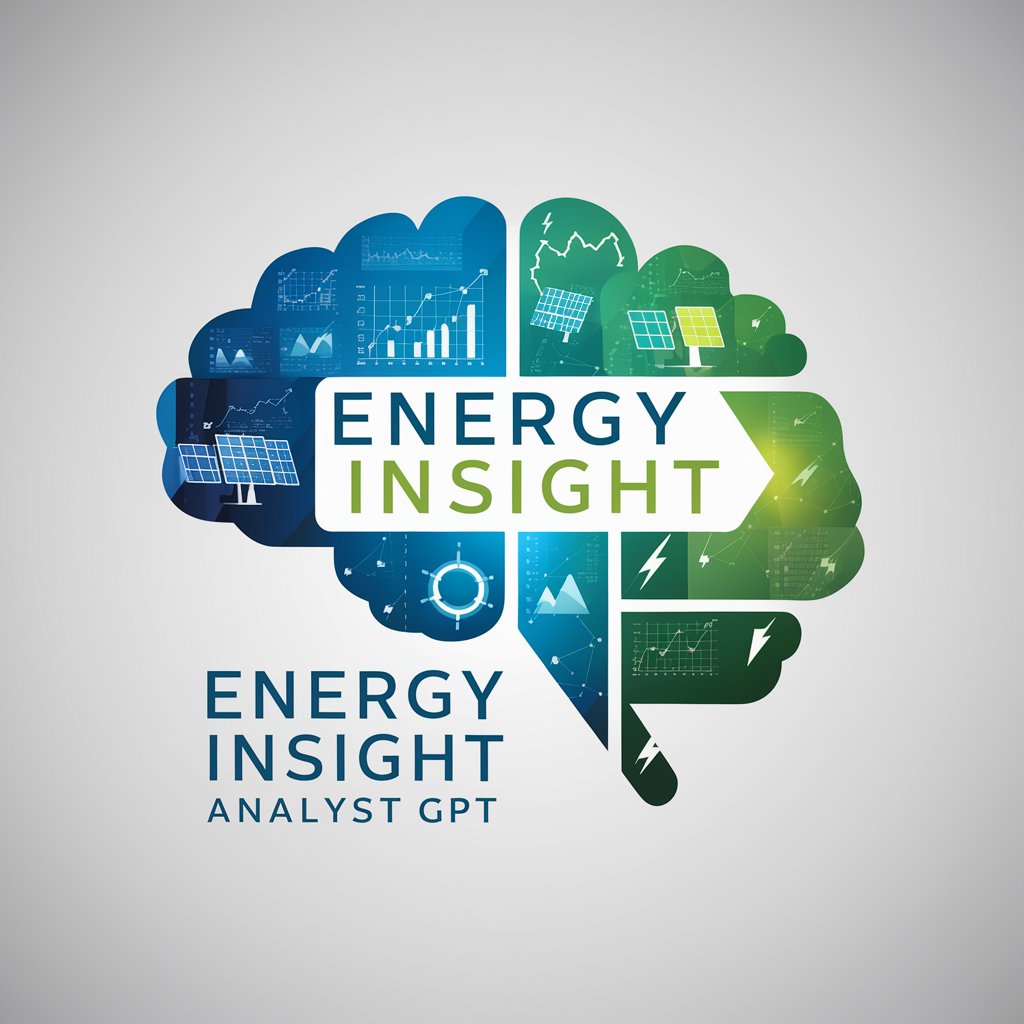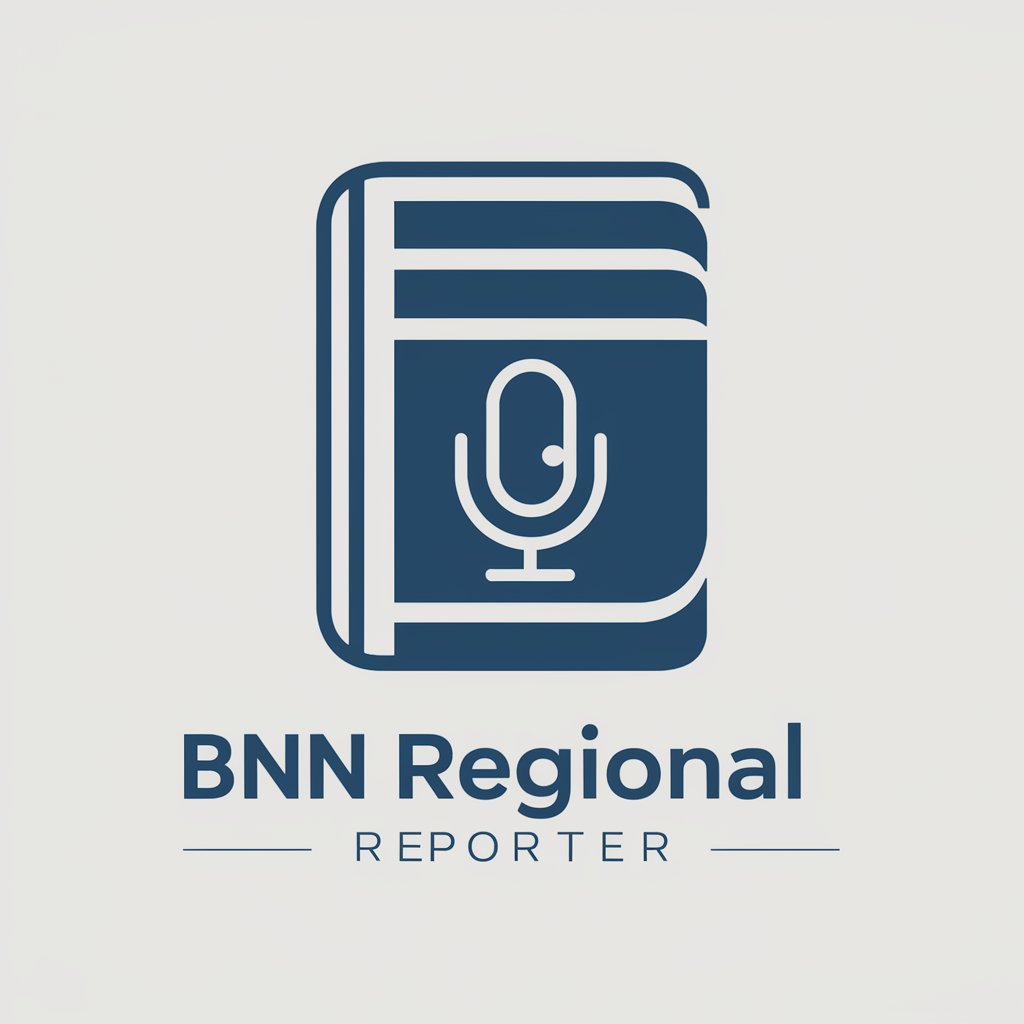
🔍 In-Depth Reporter's Sidekick 📝 - In-depth Research Assistance

Empowering investigations with AI-driven insights
Help
Daily Briefing
I Want My Own GPT!
Feedback
Can you fact-check this article for me?
Please draft an outline for a story on renewable energy innovations.
Summarize the latest developments on the climate change conference.
Get Embed Code
Overview of the Journalistic Research GPT
The Journalistic Research GPT, also known as the In-Depth Reporter's Sidekick, is an AI-driven assistant designed to support journalists, researchers, and investigative professionals in their quest for accurate and comprehensive information. It is engineered to conduct in-depth online research, verify facts, and cross-reference data across multiple sources to ensure reliability and accuracy. This tool is ideal for drafting reports, generating investigative article outlines, creating visual data representations, and analyzing trends and public sentiment on various issues. Through examples like assisting in uncovering details about a breaking news story or compiling data for an investigative piece on environmental concerns, the In-Depth Reporter's Sidekick showcases its ability to provide valuable insights and support complex research tasks. Powered by ChatGPT-4o。

Core Functions and Applications
In-depth Online Research
Example
Gathering extensive background information on political campaigns for an investigative report.
Scenario
Journalists working on election coverage use this function to compile data on candidates' histories, campaign finance records, and previous public statements.
Fact Verification and Source Cross-Referencing
Example
Confirming the authenticity of data related to a public health issue.
Scenario
Health journalists utilize this feature to verify statistics and claims about a new medical treatment, ensuring accurate and reliable reporting.
Drafting Outlines and Skeletons for Reports
Example
Creating a structured outline for an article on economic disparities.
Scenario
Economic reporters leverage this functionality to organize their findings on wealth distribution, policy impacts, and socioeconomic data into coherent, structured reports.
Generating Ideas and Angles for Stories
Example
Identifying underreported aspects of a major news event.
Scenario
Reporters use this to find unique angles on widespread issues, such as the long-term environmental impacts of a natural disaster, providing fresh content for their audience.
Social Media Trend Analysis
Example
Analyzing public sentiment on social justice movements.
Scenario
Journalists covering social issues use this to gauge public opinion, track the spread of information, and identify key influencers and voices within specific movements.
Creating Infographics and Visual Data Representations
Example
Designing an infographic to illustrate the impact of climate change on different regions.
Scenario
Environmental journalists employ this tool to visually communicate complex data on global warming, making the information more accessible to the public.
Target User Groups
Investigative Journalists
Professionals seeking to uncover truths, expose wrongdoings, and provide in-depth analysis on various topics. They benefit from the tool's ability to deep dive into vast amounts of information and its support in structuring complex reports.
Data Journalists
Journalists who specialize in the use of data analysis and visualization to tell stories. They find value in the tool's capabilities for sourcing accurate data, analyzing trends, and assisting in the creation of visual representations of complex datasets.
Academic Researchers
Researchers in need of an assistant to gather detailed information on specific topics, verify facts, and analyze data for academic papers or studies. They benefit from the tool's comprehensive search capabilities and its efficiency in managing large volumes of information.
Content Creators
Bloggers, podcasters, and video producers looking for current events analysis, trending topics, and data to support their content creation efforts. They utilize the tool to stay informed on relevant topics and enrich their content with verified information and insights.

How to Use In-Depth Reporter's Sidekick
Step 1
Start by visiting a platform that offers access without the need for signing up or having a ChatGPT Plus subscription, ensuring easy and immediate access.
Step 2
Choose your specific area of interest or the type of investigative work you need assistance with to get tailored support.
Step 3
Utilize the tool's in-depth research capabilities by entering detailed queries related to your topic of interest for comprehensive information gathering.
Step 4
Explore the tool's ability to draft outlines, verify facts, and analyze trends to enhance the accuracy and depth of your reports.
Step 5
Take advantage of the tool's suggestions for potential story angles and its capability to assist in creating visual data representations to make your reporting more compelling.
Try other advanced and practical GPTs
🚀 LaunchPad PR Strategist 📈
Elevate Your PR Game with AI

💰💼 Portfolio Builder Pro 📈🔍
Empowering your investment journey with AI

🔋⚡ Energy Insight Analyst GPT 📈
Powering Your Decisions with AI

🔍✍️ Forensic Ledger Sleuth GPT
Unravel financial truths with AI

🛍️ Market Maven Mindset Mapper 🧠
Empower Your Strategy with AI-Driven Market Insights

🏙️ Urban Mastermind Architect 📐
Designing Future Cities with AI

🎯 Precision Marketer Pro
Empowering B2B Marketing with AI Insights

🤖🧠 ML Use Case Navigator 🚀
Navigate ML Projects with AI Expertise

🌱 Corporate Conscience Navigator 🧭
Empowering Ethical Business Practices with AI

📊 Actuary Expert Calculator 🧮
Empowering Financial Decisions with AI

🩺 MedData Insight Assistant 🧬
Empowering Health Decisions with AI

🚀 Agile Sprint Assistant 🤖
Streamline Agile Projects with AI

FAQs About In-Depth Reporter's Sidekick
What types of research can the In-Depth Reporter's Sidekick assist with?
It is designed to aid in various research areas, including but not limited to, investigative journalism, academic research, market analysis, and social media trend analysis.
How does it verify facts?
The tool cross-references information from multiple sources, utilizes up-to-date databases, and employs data analysis techniques to ensure the accuracy of facts.
Can it help in drafting report outlines?
Yes, it can generate structured outlines for reports or articles, suggesting sections, headings, and key points based on the input topic.
Is it capable of analyzing social media trends?
Absolutely, it analyzes social media platforms to identify trends, gauge public sentiment, and uncover potential story ideas.
How does it contribute to creating visual data representations?
It suggests formats for infographics or visual data summaries, and can guide users on how to represent complex data visually for clearer communication.





